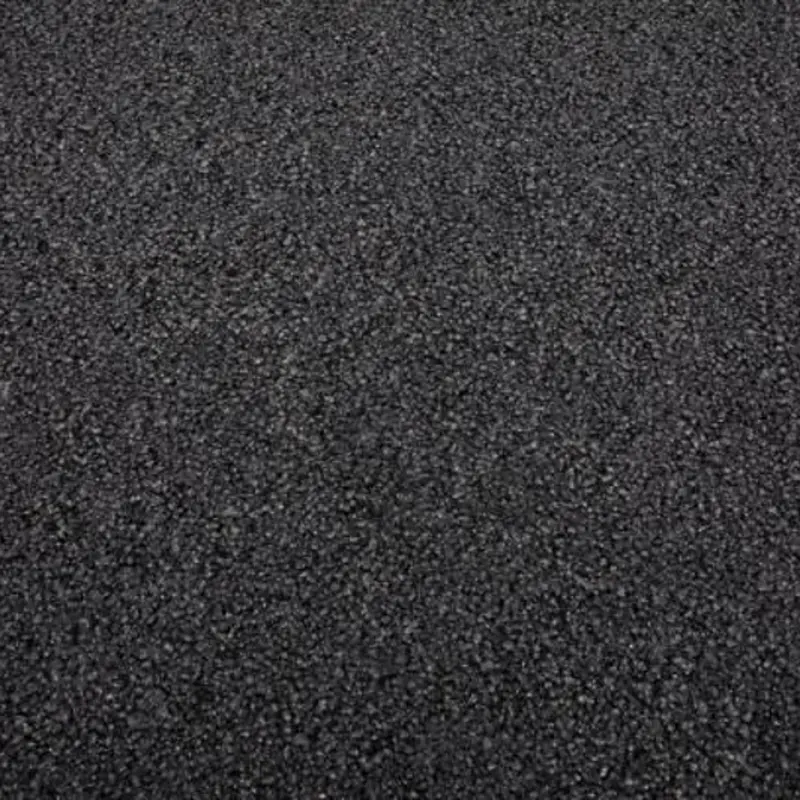Copper
Copper is a chemical element with the symbol Cu (from Latin: cuprum) and atomic number 29. It is a soft, malleable, and ductile metal with very high thermal and electrical conductivity. A freshly exposed surface of pure copper has a pinkish-orange color. Copper is used as a conductor of heat and electricity, as a building material, and as a constituent of various metal alloys, such as sterling silver used in jewelry, cupronickel used to make marine hardware and coins, and bronze (copper-tin alloy) used for sculptures and musical instruments.
Historically, copper was one of the first metals to be worked by humans, with evidence of copper smelting dating back to around 5000 BC. It was valued by ancient societies for its properties and was often associated with gods and goddesses related to beauty and fertility in ancient mythology due to its distinctive bright color.
In modern times, copper's excellent electrical conductivity makes it extremely valuable in electrical wiring, electronics, and motors. It is also used in renewable energy systems to generate and transmit electricity, as well as in energy-efficient motors, transformers, and renewable energy production systems. In addition to its electrical applications, copper's thermal conductivity makes it ideal for use in heat exchangers, heating and cooling systems, and cookware.
Copper also plays a vital role in biological systems as a trace dietary mineral. It is essential for the proper functioning of organs and metabolic processes. However, excessive copper can lead to toxicity and must be balanced with proper intake.
The metal's natural antimicrobial properties make it useful in medical and sanitary applications, where reducing the spread of bacteria and viruses is crucial. For example, copper alloys are used in surfaces and fixtures in healthcare facilities to reduce the transfer of disease-causing microbes.
Given its wide range of applications, the demand for copper continues to grow, particularly with the increasing focus on green technologies and infrastructure development worldwide. Copper mining and recycling are therefore critical to ensuring a continuous supply of this essential resource.







